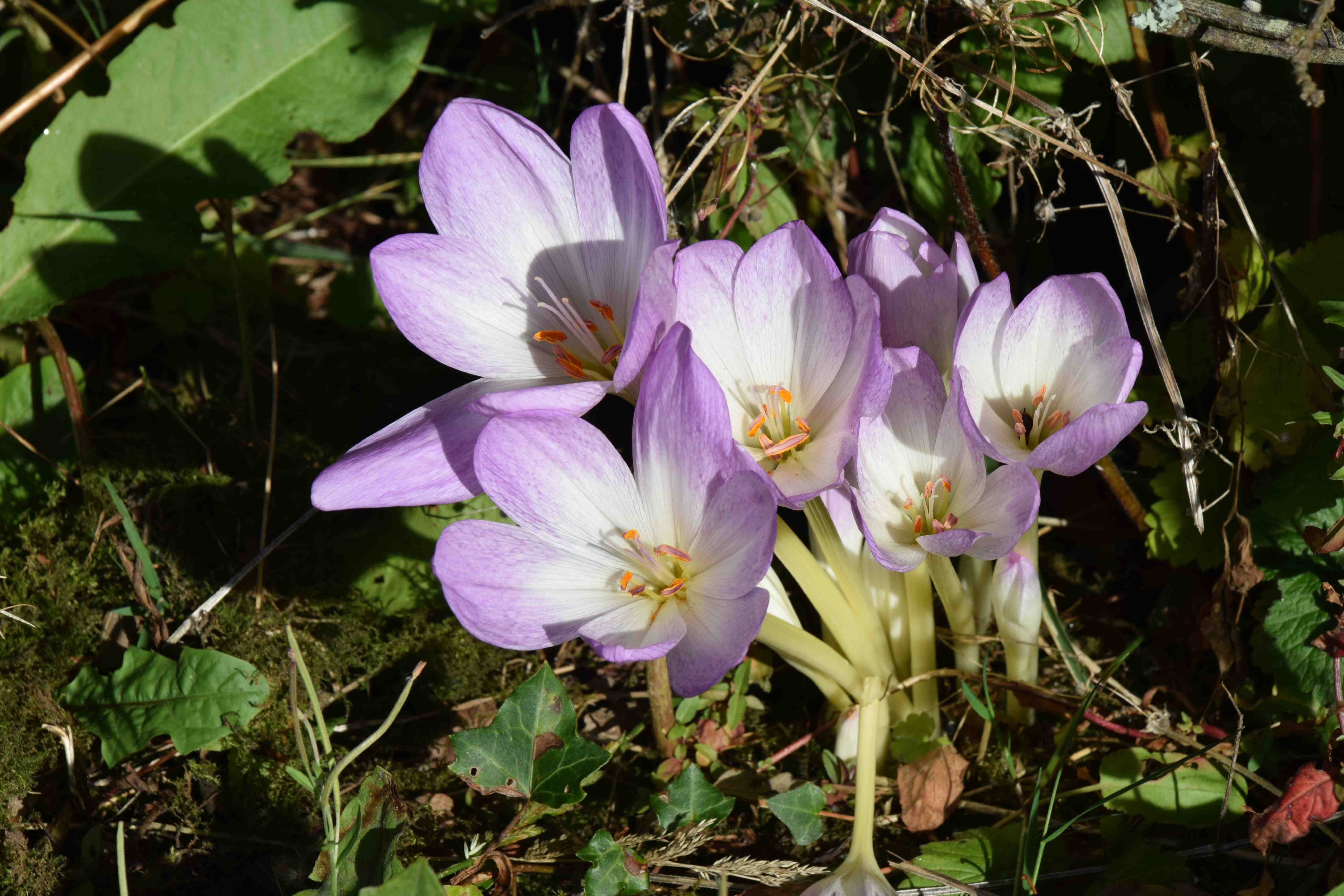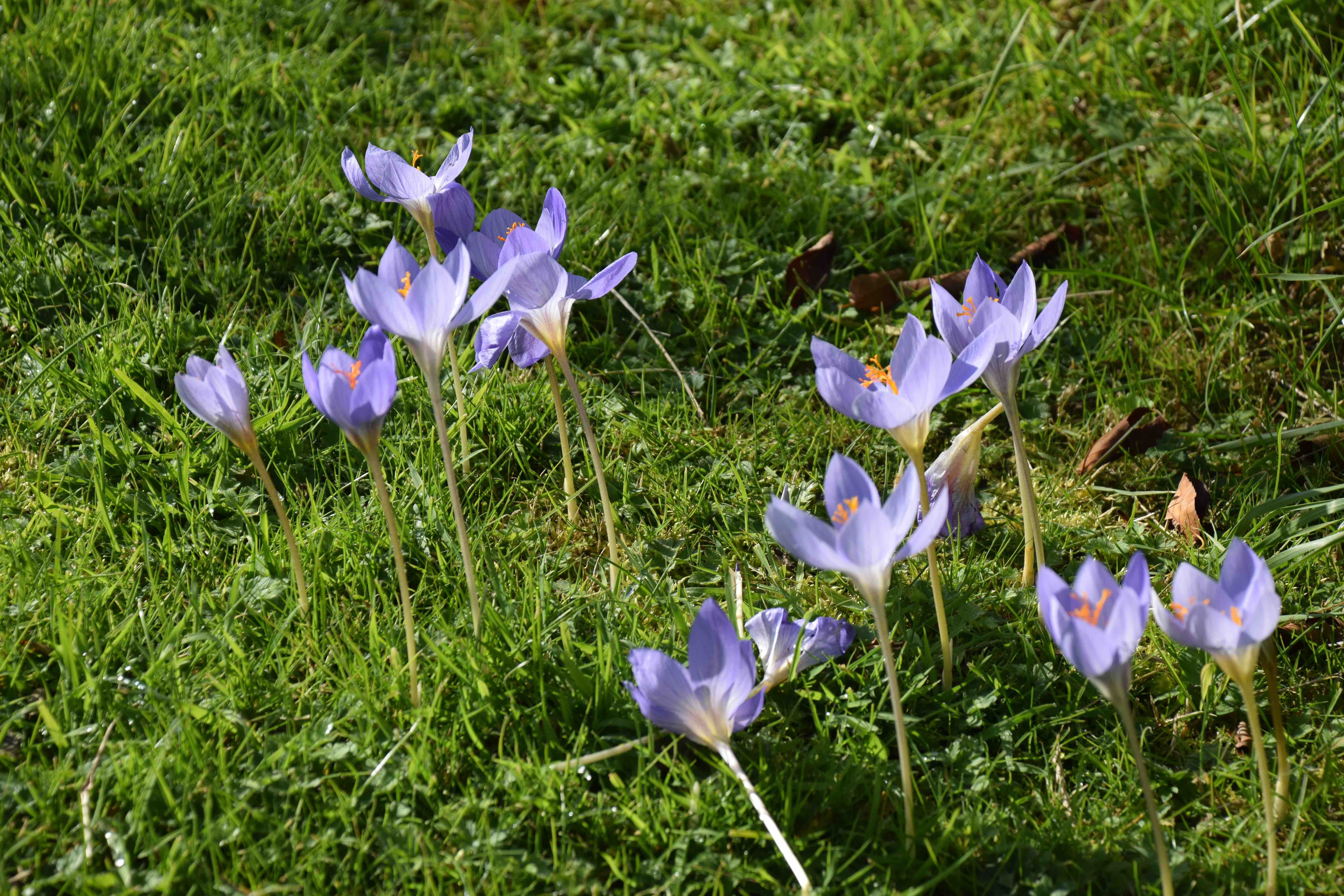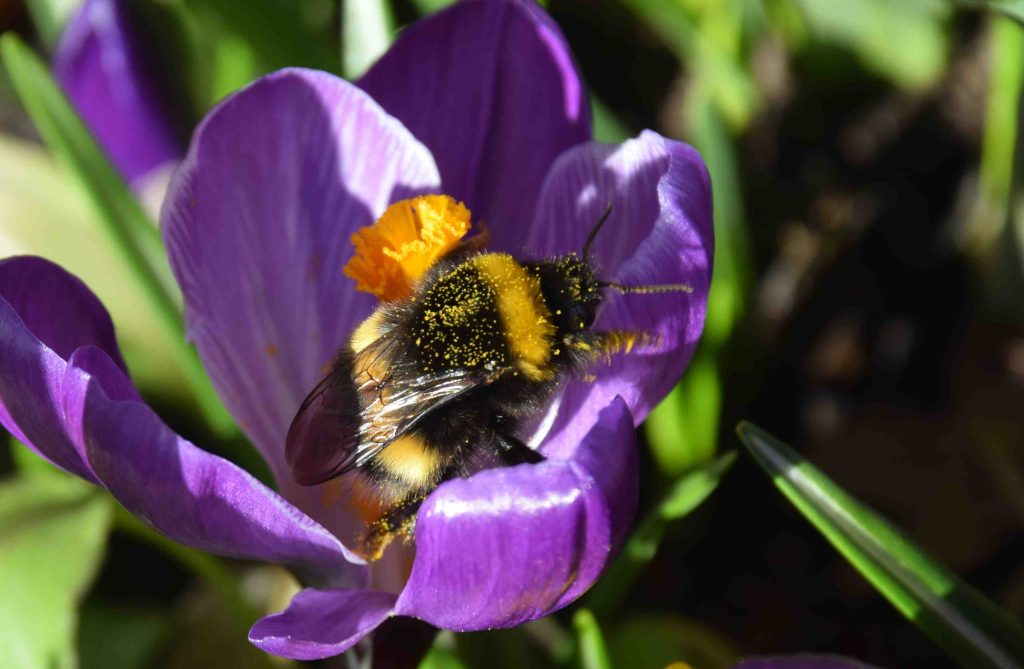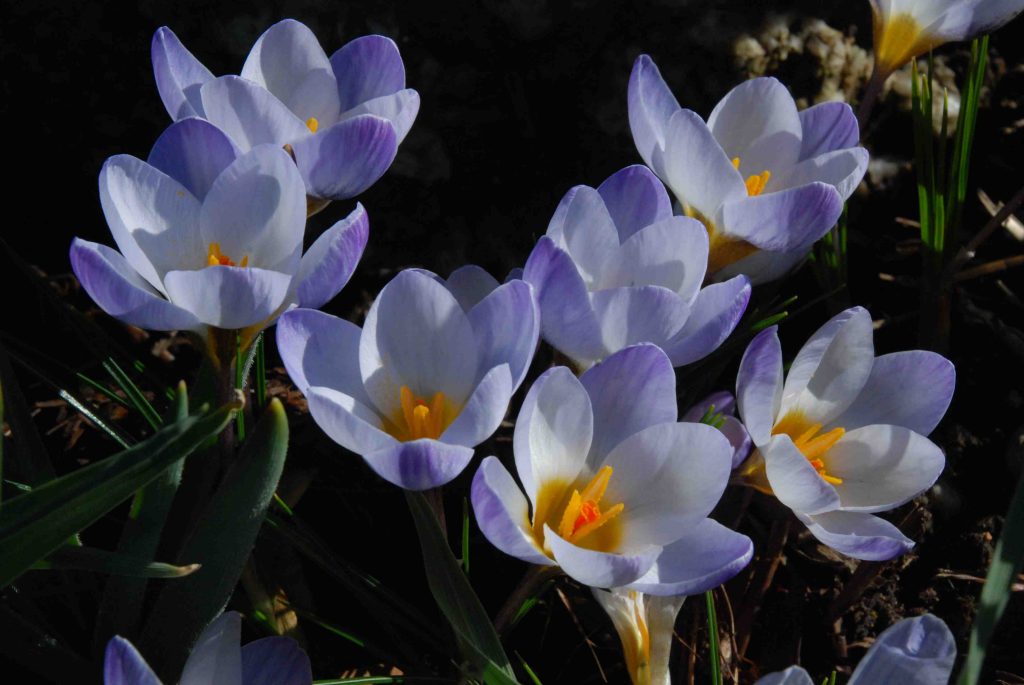As the garden centre shelves start to fill with wonderful spring-flowering bulbs, look out for the autumn-flowering section. Autumn-flowering bulbs are wonderful and bring a real touch of freshness to the autumn garden. But, unlike the daffodils and tulips, which can wait a while for planting, these need planting now. After all, they will be in bloom in a few weeks.
The most popular are what are frequently called ‘autumn crocus’. Now there are true autumn crocus – they bloom in October and send up their typical, grassy leaves in spring. But there are also colchicums, which are often called autumn crocus but I prefer not to do so, calling them either meadow saffron or, better still, colchicums! You may prefer to fill your beds with ‘Naked Ladies’ or, the ancient and wordy ‘Son before the father’, both suggestive of their growth habit; the flowers appear with no leaves in autumn, while in spring, the leaves surround the fat seed pods, fully six months before the flowers appear.

But the true crocus and colchicums are very different plants. Colchicum bulbs are large and each produces several shoots and can make a clump of twenty flowers, in succession. The bulbs are capable of flowering without planting and you can simply place the bulb on the windowsill and it will bloom, though the flowers may be floppy. And you need to plant immediately the flowers fade. In the garden they thrive in sun or part shade and tolerate moist soil. After blooming, not much happens until spring when a big clump of broad, bright green foliage appears. This is nothing like crocus leaves and is hard to disguise. And it will eventually wither in May or June, collapsing in a brown pile – something that needs consideration when planting.
Without wishing to annoy the experts, most are very similar and whether you plant ‘The Giant’ or C. speciosum, ‘Dick Trotter’ or ‘Nancy Lindsay’, the effect will be the same. But the native C. autumnale has smaller flowers than most others and ‘Waterlily’ has large, double pompon flowers. If you get hooked there are lots to try but one of the common kinds is perfect to start with. A single colchicum will make a show but three or more are better. Plant them about 25-30cm apart and 10cm deep. All colchicums are poisonous so don’t eat them.
The most common of the autumn-flowering true crocus is Crocus speciosus and it is a gem. There are several common varieties but they are similar. These tend to start growing in the packs and once the shoots are more than 1cm long it can be difficult to plant them without breaking them off. They are slender plants with grassy leaves in spring so plant about 5cm deep and 5cm apart, in drifts. I plant them among my spring daffodils in grass so I don’t cut off their foliage in spring. I have to watch carefully in autumn and as soon as I see the slender, lavender flower buds appear, I stop mowing that area. But they can also be planted in the border, rock garden or in gravel.

The flowers are large for a crocus and held on slender stems. The flowers are intricately marked and smell of honey. Bees love them. They contrast like jewels in a sea of golden, fallen leaves and I have one patch under a liquidambar which should shed its red and purple leaves as a contrast but as you can see, the crocus have done better than the tree! They bloom in October, later than colchicums. Be generous when planting. Each corm will produce one or two flowers and they will eventually spread by seed but fewer than ten does not make much of a show.
Of course, spring crocus are a must too and, like all small, spring bulbs, they should be planted as soon as possible. There is no reason why you shouldn’t, and can’t, plant spring crocus with and at the same time as autumn crocus.

The big, Dutch hybrids may lack the sophistication and colour range of the Crocus chrysanthus types (below) but both bring an early splash of colour and the bees will appreciate both. Once again, they thrive in grass in a sunny spot and should be planted exuberantly to make a big splash in March.

Weekly reminders
Now we have had some rain you can apply that autumn lawn feed and moss killer
Keep feeding pots and tubs to keep flowers growing but, if they are past their best start to replace them with plants for winter and spring
Take the old leaves off tomato plants. Keep watering and feeding is they are still healthy
Any spare sections of the veg plot can be sown with a green manure such as mustard, to be dug in in spring. Or you could plant some spring cabbage plants
It is almost time to plant garlic to make sure you buy some bulbs now before they sell out!